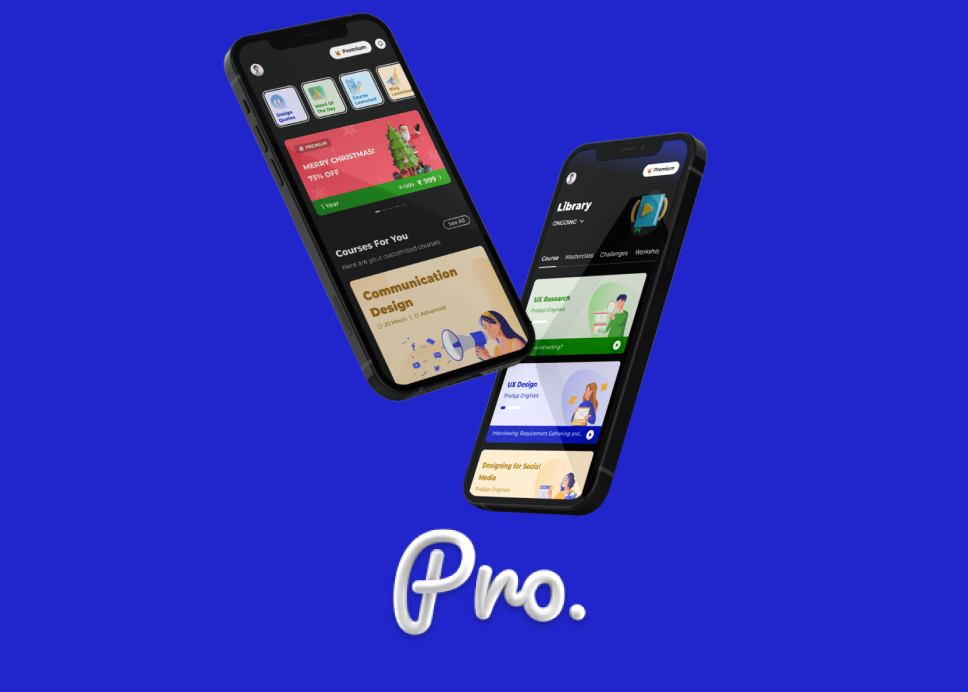A. Exploring different screen-centric goals.
Making a Prioritization Matrix aids in determining which features and use cases of the design should be the most user-accessible. It's crucial to keep in mind that the levels of prioritizing aren't exclusively determined by the needs of the users, but rather by finding a compromise between achieving the users' broad goals and achieving business objectives (which would be selling ROCK X Museum Tickets in this case).
This user flow illustrates the various routes a user could take to arrange a tour and buy tickets.
Object centric approach for sketches
Action centric approach for sketches
Hybrid (Object-Action) centric approach for sketches - CHOSEN for the final design
To keep it basic and avoid overwhelming users, I chose two primary colors. The majority of the Canvas used hues of white and black. This was crucial since I anticipated using a lot of photos in the design and didn't want the interface's colors to clash with those of the media.
In order to simulate the interaction and experience a real user would have with the design and to highlight any interface flaws, I used Axure RP 10 to develop a high-fidelity prototype.
Home Page
Tours feature: Add an existing curated museum list, fill out the questionnaire, or connect to Spotify to add to a tour.
Spotify Curated Tour: Created by connecting a Spotify account
Guitars page : complete with filters and add to tour CTA
Events page: complete with bulk-ticket buy, event sign up and add to tour CTA
Emerging Showcase: A form portal for upcoming artists to apply to be featured
Tickets page: Buy tickets for General admission
Cart and Payment details page
All aforementioned interface screens have evolved into a clickable, interactive prototype. In order to simulate the interaction and experience a real user would have with the design and to highlight any interface flaws, I used Axure RP 10 to develop a high-fidelity prototype.
- Receive and apply criticism when I presented my design during two design reviews with my peers and experts in the design industry (namely Daniel Rosenberg, former Chief Design Officer at Oracle and SAP, and Karl Mochel, former Senior User Experience Architect at Intercontinental Exchange and GE Research).
- Work effectively with my team members because we had to make sure the product was consistent across other platforms: Business to Consumer (B2C) Enterprise and Business to Consumer (B2C) mobile)
- Create and refine a variety of interface drawings and layouts that differ based on the grammatical strategy used.
- Spend extra time during the drawing phase accurately defining the gridlines to maintain uniformity across pages and to enable me to work more quickly during the high-fidelity prototype phase.
- Prioritize screen planning more since I frequently encountered missing screen inflows during the creation of high-fidelity prototypes.
- To assess users' real capacity to achieve important objectives, conduct a usability test and/or a heuristic evaluation.
Toward the end of this project, I delivered a team .RP file by collating the work of teammates work on different platforms (B2C Mobile and B2C Enterprise). Each review was met with constructive criticism to improvise the overall interface and interactive design of the website and was warmly received and appreciated by fellow peers.
Looping in a set of product and content design solutions helped me deliver and consult to build a cohesive experience across all platforms and fix any critical navigational issues before turning in the project.
I feel elated to have contributed to such an exciting project! Being an aspiring product designer, working on this product not only taught me the basics I should be aware of while collaborating with different teams but also introduced me to the niche of exploring a rich rock and roll culture and people's expectations towards the music genre.
While academic projects are comprehensive and time-sensitive, I always love working on such projects. They bring in new learning opportunities and teach the basics of design. Moreover, as designs are actively developed and updated, I find myself collaborating with teams more often and am always awed by the things that worked and that didn't. It always entices me how we thought and how people used a product and circle back to the aspects we think deserve better treatment for essential user experience.
